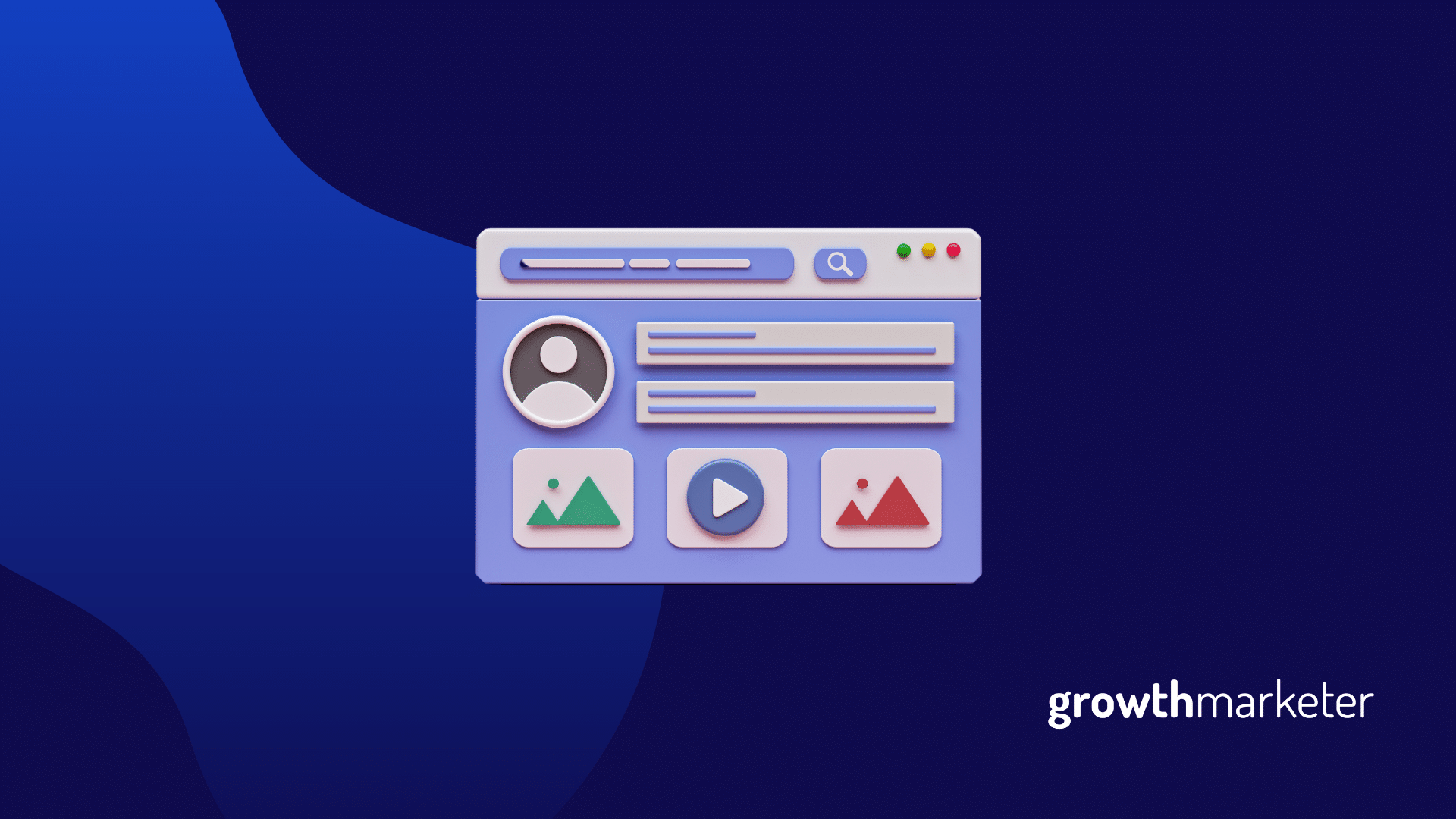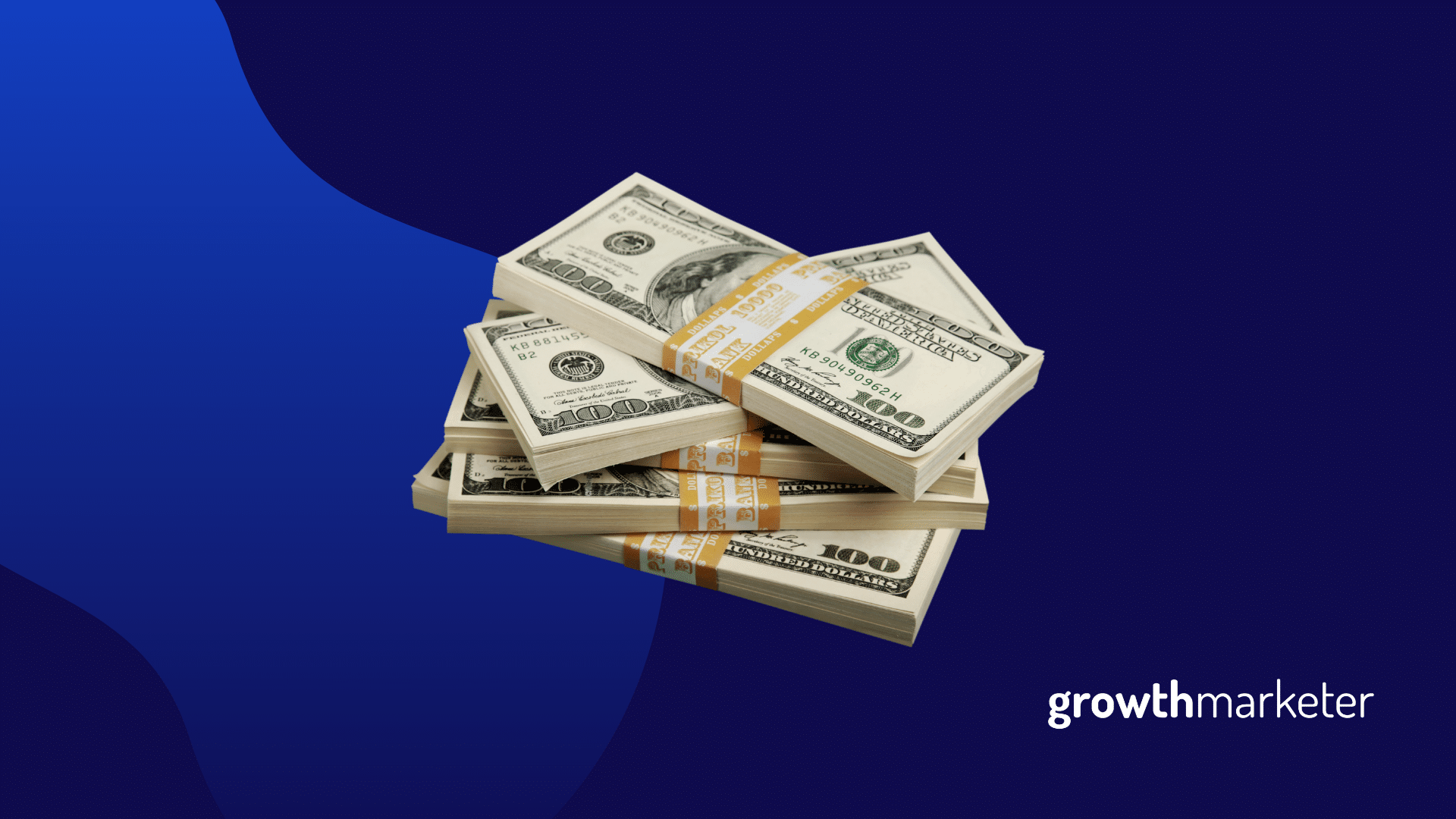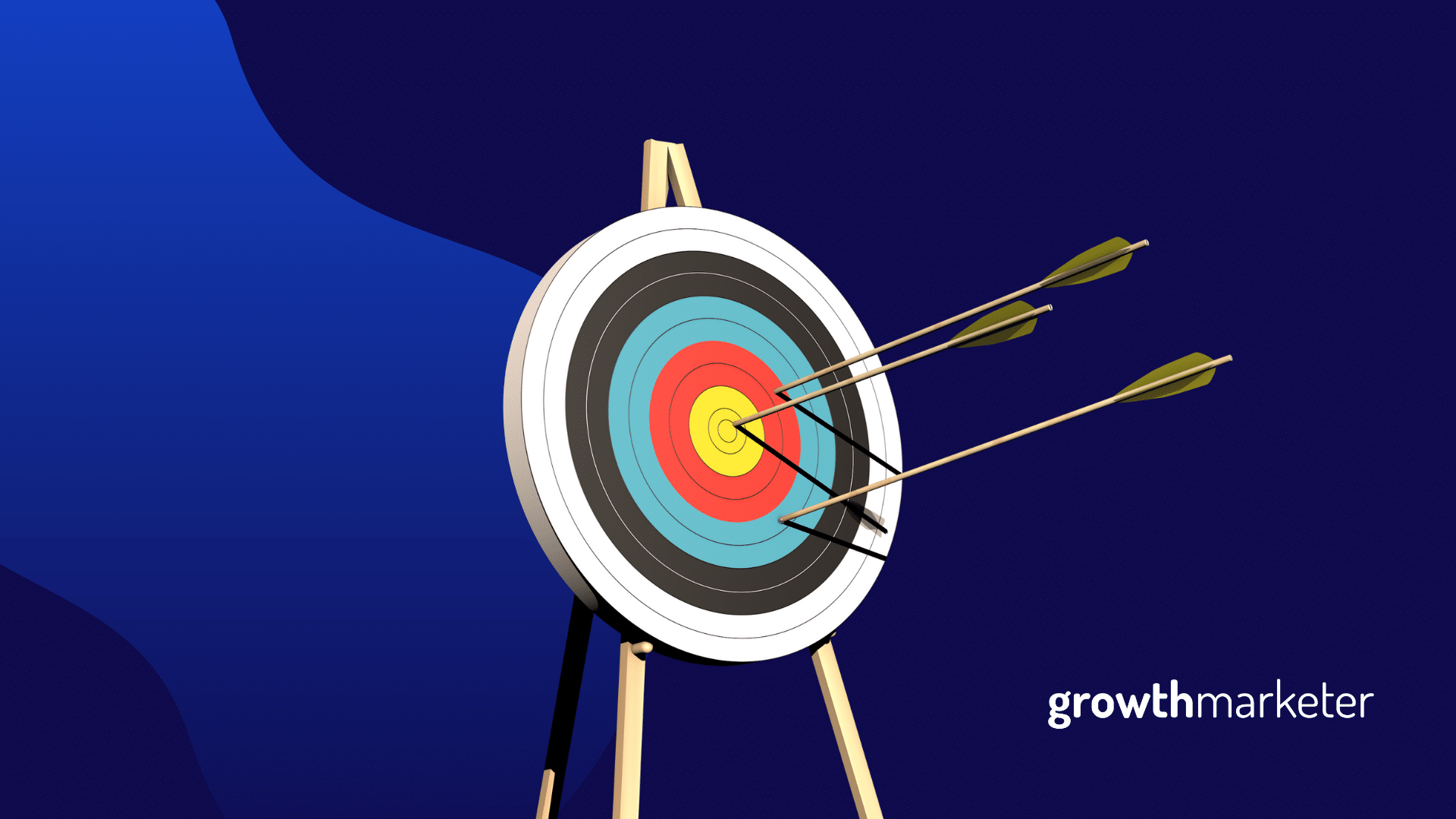One of the most common questions I get asked is “why do I need a landing page?”
“What’s it going to do that my website doesn’t already do?“
And that’s a fair question, as there is much confusion surrounding landing pages and how they specifically help your marketing efforts.
In this short article, I want to try to clear that up for you once and for all.
What exactly is a landing page?
First, we need to define what a landing page is. There are plenty of definitions already available such as this one from Unbounce:
In digital marketing, a landing page is a standalone web page, created specifically for the purposes of a marketing or advertising campaign. It’s where a visitor “lands” when they have clicked on a Google AdWords ad or similar. Landing pages are designed with a single focused objective – known as a Call to Action (CTA).
Unbounce
That’s pretty useful, but I want to go one step further and give you my own definition:
A landing page is an independent, campaign-specific destination that persuades a member of a target audience to take one clearly defined action.
Nicholas Scalice
The keywords here are “independent,” campaign-specific,” “target audience,” and “one clearly defined action.”
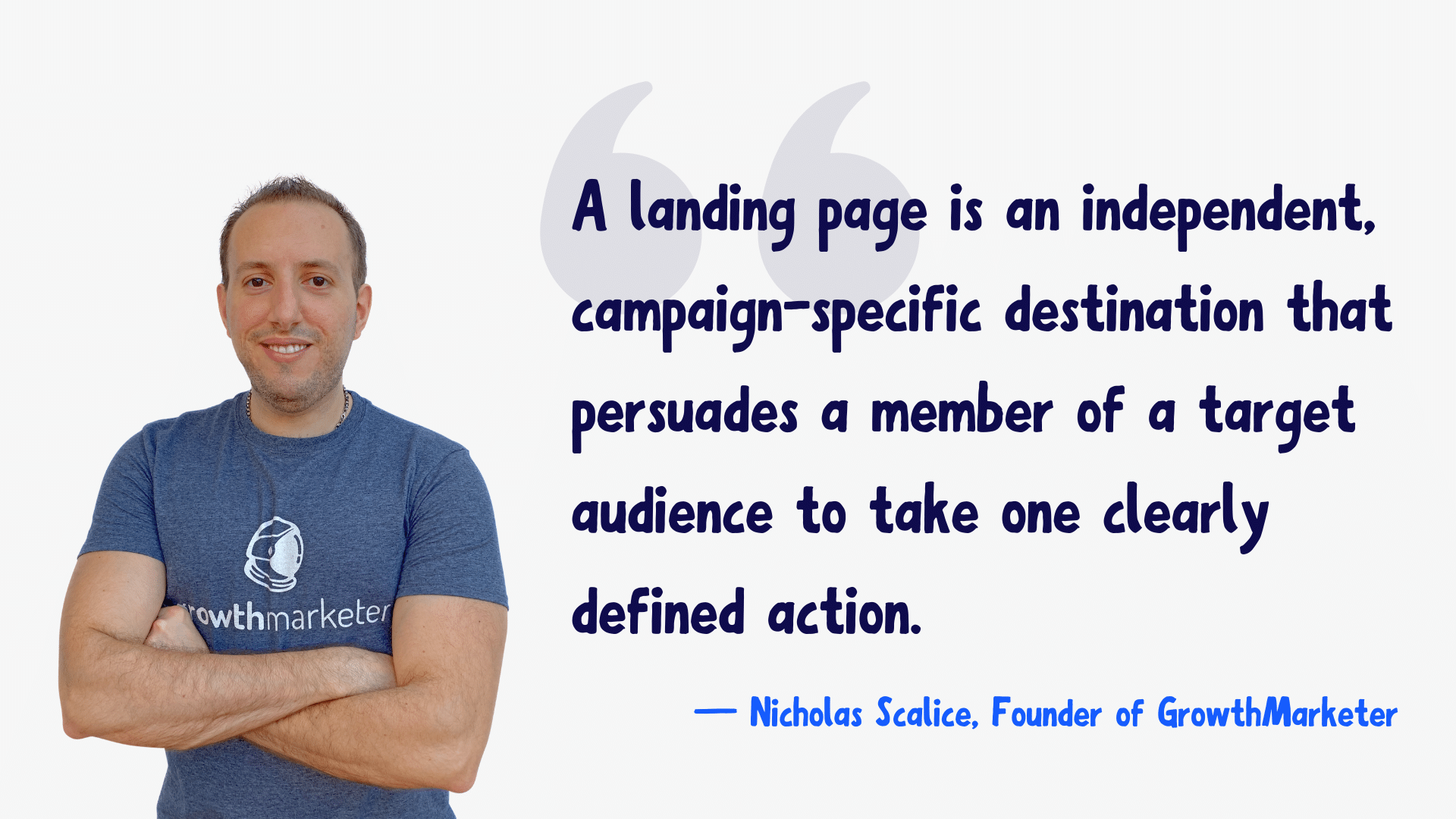
Landing pages are independent
What this means is that they are independent of your website.
Sure, you can build a landing page on your website if you want, but you can also build one that stands alone and is completely separate.
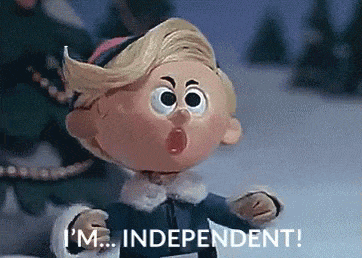
The key is that landing pages do not rely on your website to succeed. They can stand on their own. In fact, many successful brands don’t even have traditional websites anymore.
I know of several brands that only work with a collection of landing pages and they’re doing just fine.
You don’t have to be that drastic though. There’s no reason not to still have a traditional website if you want one, but don’t think of it as being a prerequisite to building a landing page.
Landing pages are campaign-specific
This means that they are tied to specific marketing goals that you have.
When I say “campaign,” I’m referring to things like Google Ads campaigns, or Facebook Ads campaigns, or maybe an email marketing campaign.
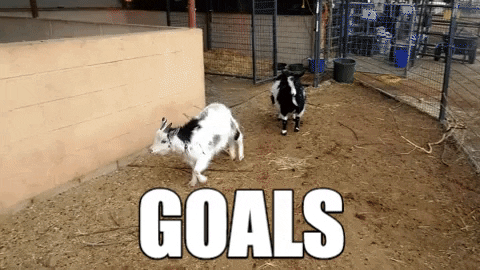
While it’s most common for landing pages to be used with paid advertising campaigns like Google or Facebook, these are certainly not the only types of campaigns you can use.
But the takeaway here is that your landing pages should be thought of as an extension of a campaign, that has a goal.
Landing pages are built for a target audience
This means that your landing pages need to focus on one type of person who is in your ideal target audience. If you don’t know who that person is, you need to do the research to figure this out, before you build a landing page.
I cannot stress this point enough. You need to know who you are trying to appeal to, and what problems they are trying to solve.

One way to do this is to create what is called a customer avatar, or buyer persona.
These are documents you create that list out the demographics, psychographics, interests, problems, and more that a member of your target audience might be facing.
If you don’t do this work ahead of time, you’ll end up with a landing page that is trying to appeal to everyone, and therefore really speaks to no one, and that’s not going to work.
Landing pages should contain one clearly defined action
One of the most common mistakes I see with landing pages is that they try to do too much. They offer too many options to the visitor and thereby confuse and distract them.
There’s an interesting book and TED talk by Barry Schwartz called “The Paradox of Choice,” where he says “with so many options to choose from, people find it difficult to choose at all.”
So one cornerstone principle of good landing page design is to limit choices and focus on one clearly defined action that you want to guide the visitor towards. That’s your call-to-action. And sure, while there are instances where you might break this rule, it’s something to keep in mind all the time.
You don’t want to go all “DJ Khaled” on your landing pages and add a call-to-action and then another one, and another one, and…well, you get the idea!

So that sums up our definition of landing pages.
Once again, a landing page is an independent, campaign-specific destination that persuades a member of a target audience to take one clearly defined action.
Okay, but why do I need one?
If you’ve been following along with me this far, you should see just how different landing pages are from your website homepage, or other unoptimized pages or blog posts that try to do everything for everyone.
Landing pages will help you dial in your marketing messages and–most importantly–get people to take action!
At the end of the day, you don’t just want more traffic to your website. Traffic doesn’t pay the bills. You need leads and sales.
And landing pages help you get exactly that.
How do I build a landing page?
Ah, I’m so glad you asked!
There are plenty of tools out there for building landing pages without even needing to know how to code.
Two of my favorite options are Unbounce and Elementor.
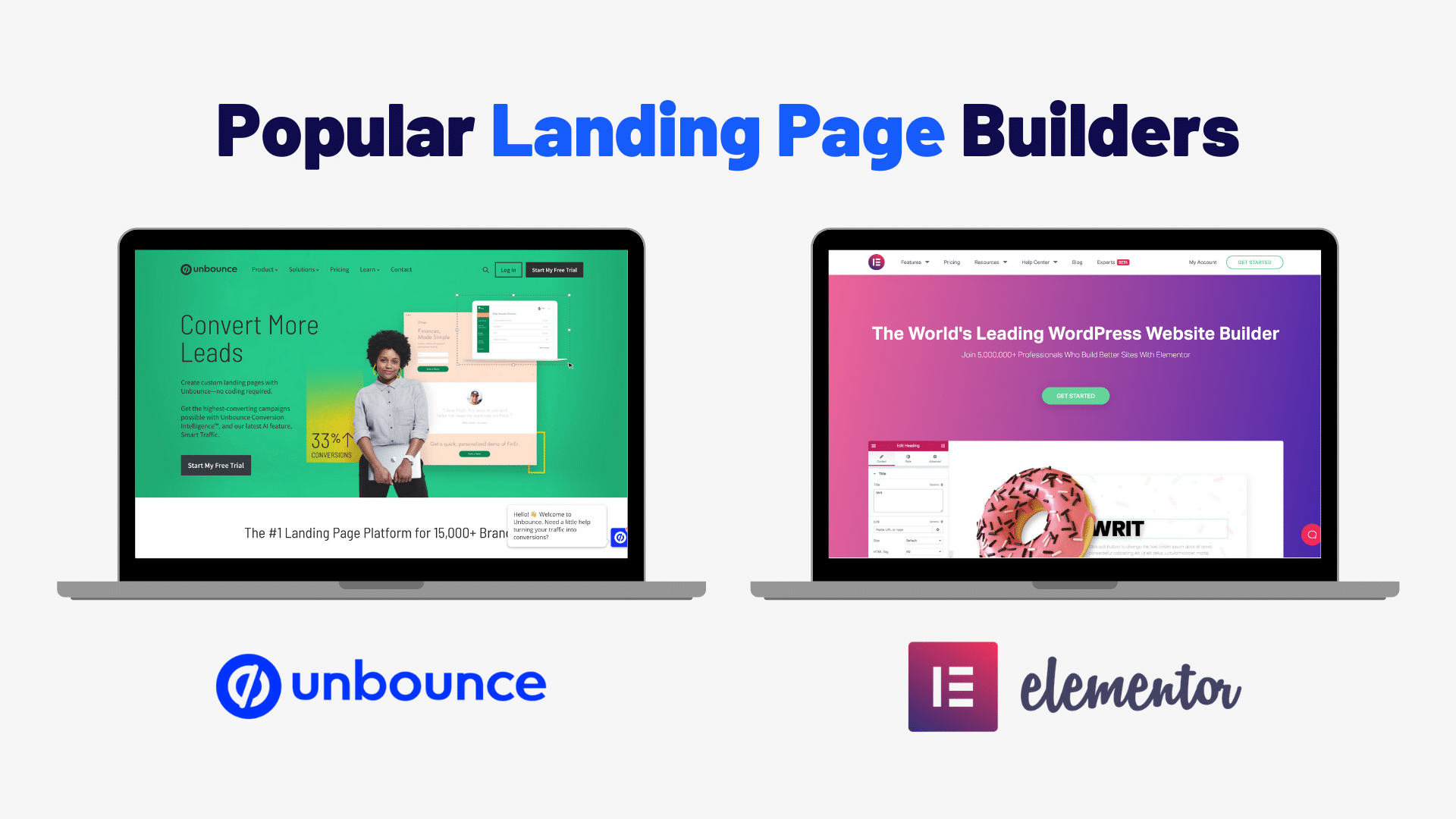
If you’re like me and just want to get started right away without needing to mess around with WordPress or hosting, Unbounce is ready-to-go right out of the box.
It’s a very popular drag-and-drop builder with over 15,000 customers. They’ve been around since 2009, so they must be doing something right!
Want to learn more about Unbounce? Check out my in-depth article or just jump right in and get a free 14-day trial (plus a discount if you decide to stick around after that) with this special partner link.
As for Elementor, this is my favorite option for those folks who want to build their landing pages within the WordPress environment.
If WordPress is your jam, then check out Elementor, which is a page builder used by 5,000,000+ professionals all over the world.
But keep in mind, it’s a WordPress plugin, so you’ll need to already be familiar with how WordPress works and have your hosting environment set up. If you don’t, then you might want to check out Unbounce instead.
How do I learn more about landing pages?
Obviously, this article just scratches the surface when it comes to learning about landing pages, landing page optimization, and how to leverage these tools to get more leads and sales.
To help you continue to grow in your knowledge of this important marketing area, here are some awesome resources to check out:
I wrote an article called 7 Quick Landing Page Optimization Tips (with Examples)
Brian Dean from Backlinko created this Definitive Guide to Landing Pages
Julian Shapiro wrote another excellent Landing Page Guide
Landingfolio shares the best landing page design inspiration examples
Start building
At the end of the day, you’ll want to start implementing what you learn so you can see for yourself what works and what needs fixing.
So get out there and start building your next landing page!
